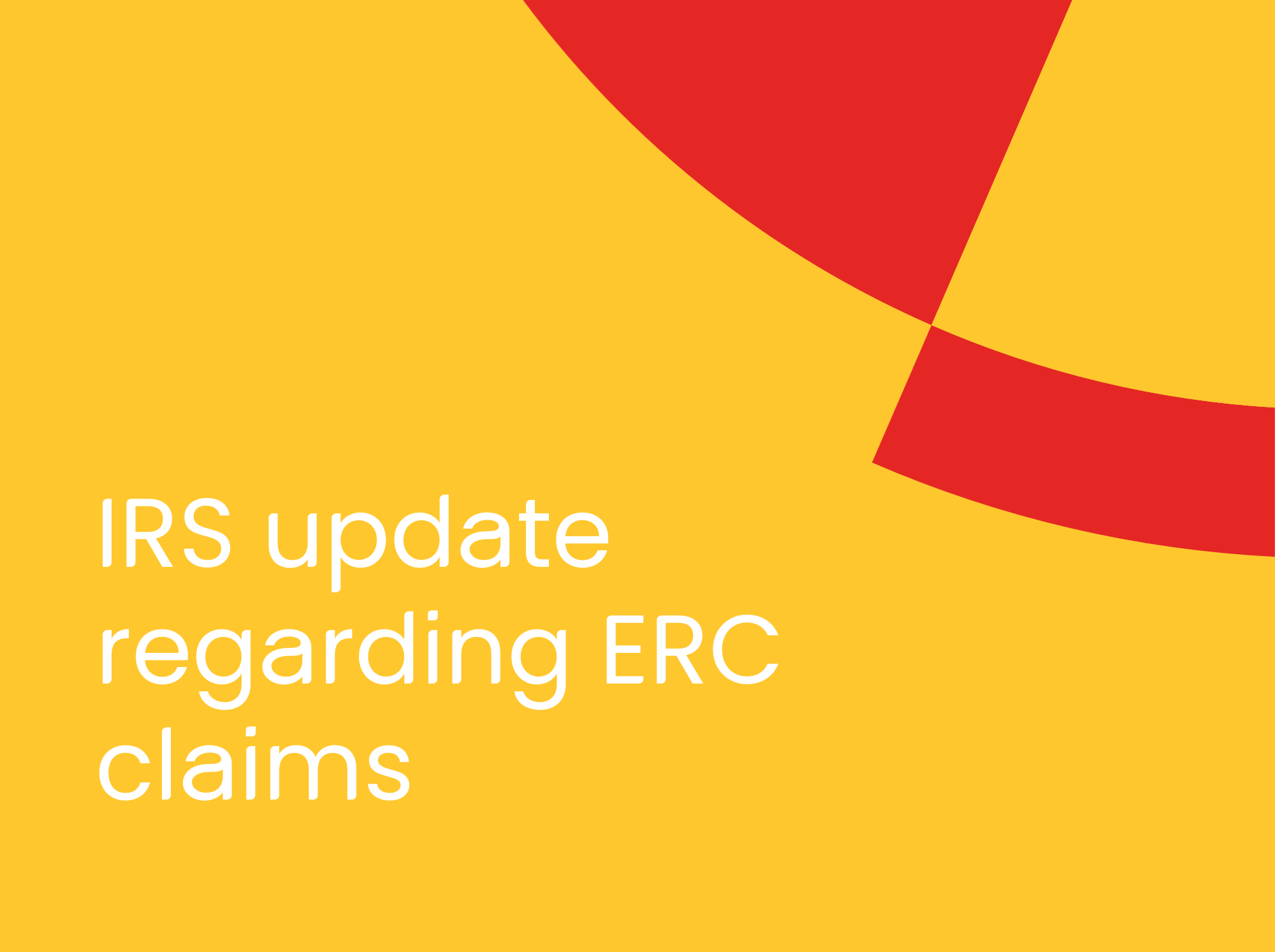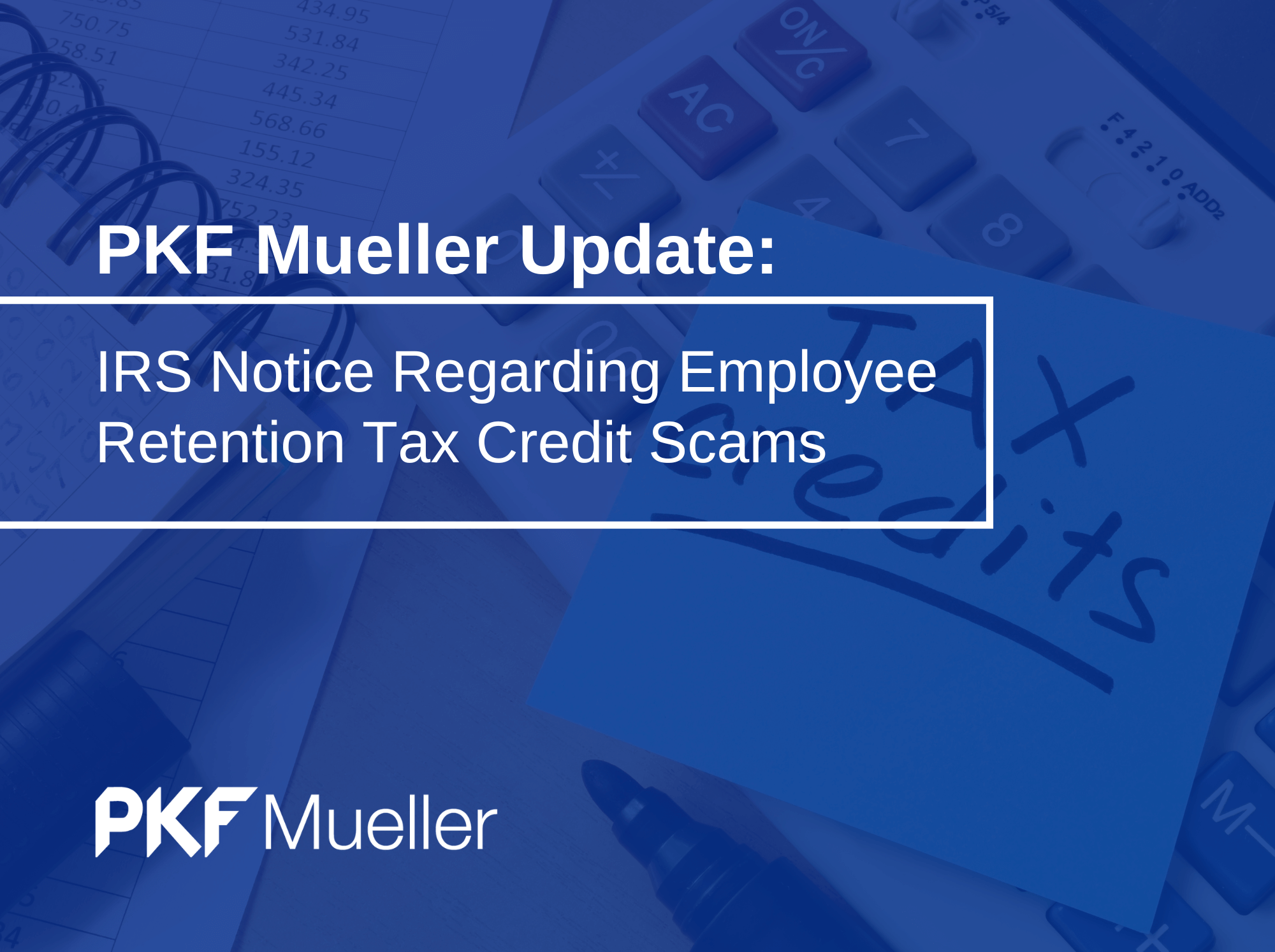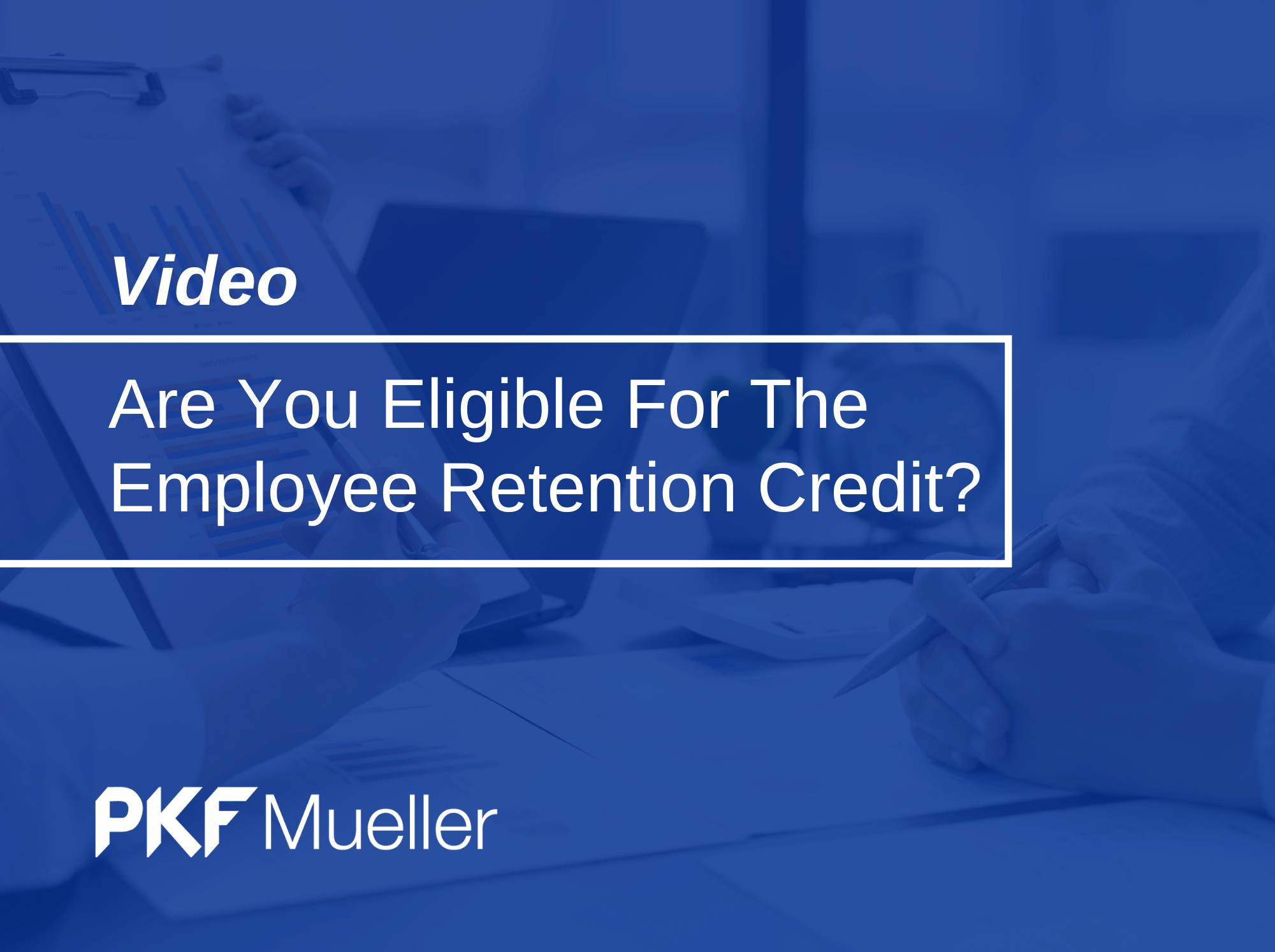The Families First Coronavirus Response Act (H.R. 6201):
Employers who are subject to the Families First Coronavirus Response Act (FFCRA) must provide up to 80 hours of paid sick leave and expanded Family Medical Leave to eligible employees.
Employer Requirements:
- Employers with fewer than 500 employees, and public agencies with at least one employee.
- An employer may not require an employee to use other types of paid leave provided by the employer before the employee uses the paid sick time available under this law.
- All employees are eligible, and paid sick leave hours can be taken immediately, regardless of the duration of the employee’s employment.
• Employees on furlough or who have been terminated (either before or April 1) are not eligible for paid sick leave or EFMLA.
Qualifying Reasons:
An employee is entitled to take leave related to COVID-19 if the employee is unable to work, including unable to telework, because:
- The employee is subject to a federal, state, or local quarantine or isolation order related to COVID-19.
- The employee has been advised by a healthcare provider to self-quarantine due to concerns related to COVID-19.
- The employee is experiencing symptoms of COVID-19 and seeking a medical diagnosis.
- The employee is caring for an individual who is subject to either number 1 or 2 above.
- The employee is caring for his or her son or daughter if the school or place of care of the son or daughter has been closed, or the childcare provider of such son or daughter is unavailable due to COVID-19 precautions.
- The employee is experiencing any other substantially similar condition as specified by the Secretary of Health and Human Services in consultation with the Secretary of the Treasury and the Secretary of Labor.
Pay Requirements:
- Paid sick leave taken for reasons 1, 2, or 3 above must be paid at the employee’s regular rate of pay, or minimum wage, whichever is greater, up to a maximum of $511/day and $5,110 total.
- An employee taking leave for reasons 4, 5, or 6 must be compensated at two-thirds of his or her regular rate of pay, or minimum wage, whichever is greater, up to a maximum of $200/day and $2,000 total.
The Emergency Family and Medical Leave Expansion Act (EFMLA):
- EFMLA amends the current Family and Medical Leave Act (FMLA), allowing leave for eligible employees who can’t work (or telework) because their minor child’s school or childcare service is closed due to a COVID-19 emergency declared by a federal, state or local authority.
- Employees who work for an employer with fewer than 500 employees and who have been on the payroll for at least 30 calendar days.
Benefits:
- The first 10 days of this leave may be unpaid; however, employees may elect to substitute available paid time-off, such as vacation, personal or sick leave, during this time.
- After the initial 10 days, employers must pay eligible employees at least two-thirds of the employee’s regular rate of pay (as defined under the Fair Labor Standards Act) based on the number of hours the employee would otherwise have been scheduled to work. These paid family leave benefits are capped at $200 a day (or $10,000 total).
Prompt Payment for the Cost of Providing Leave:
When employers pay their employees, they are required to withhold from their employees’ paychecks federal income taxes and the employees’ share of Social Security and Medicare taxes. The employers then are required to deposit these federal taxes, along with their share of Social Security and Medicare taxes, with the IRS and file quarterly payroll tax returns (Form 941 series) with the IRS.
Under guidance that will be released next week, eligible employers who pay qualifying sick or child care leave will be able to retain an amount of the payroll taxes equal to the amount of qualifying sick and child care leave that they paid, rather than deposit them with the IRS.
The payroll taxes that are available for retention include withheld federal income taxes, the employee share of Social Security and Medicare taxes, and the employer share of Social Security and Medicare taxes with respect to all employees.
If there are not sufficient payroll taxes to cover the cost of qualified sick and child care leave paid, employers will be able to file a request for an accelerated payment from the IRS. The IRS expects to process these requests in two weeks or less.
Example:
If an eligible employer paid $4,000 in sick leave and is otherwise required to deposit $7,000 in payroll taxes, including taxes withheld from all its employees, the employer could use up to $4,000 of the $7,000 of taxes it was going to deposit for making qualified leave payments. The employer would only be required under the law to deposit the remaining $3,000 on its next regular deposit date. An immediate dollar-for-dollar tax offset against payroll taxes will be provided.
Coronavirus Aid, Relief, and Economic Security Act (CARES Act):
- Expands Unemployment Benefits and offers coverage to workers who are not eligible for traditional Unemployment Insurance from April 1st, 2020, to December 31st, 2020.
- Part of the recently-passed CARES Act, the Pandemic Unemployment Assistance (PUA) program was created which is effective through December 31, 2020, to help those not traditionally eligible for Unemployment Insurance (UI). Workers who are not eligible for UI could be eligible for PUA. These workers include self-employed individuals, independent contractors, those with limited work history and those who are unable to work as a result of the coronavirus public health emergency.
- An additional $600/week payment to each UI or PUA recipient through the end of July 2020.
- Provides funding for the 1st week of unemployment for states to waive the traditional “waiting week” before benefits begin.
- Provides an additional 13 weeks of unemployment to help those who remain unemployed after weeks of state unemployment are no longer available.
Additional Information:
With the help of your employment counsel, it is important for you to review and update your Family and Medical Leave Act (FMLA) and sick leave policies. The Department of Labor (DOL) has recently created an Employee Rights flyer that can be distributed to your employees.
The new legislation was put together quickly so there will be guidance and further interpretation from the Department of Labor shortly. Be sure to stay up-to-date. You can also refer to the DOL’s Questions and Answers fact sheet.
Grishma Pandya
HR Director
Gpandya@muellercpa.com



